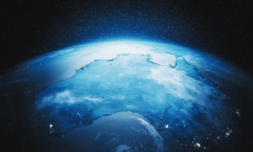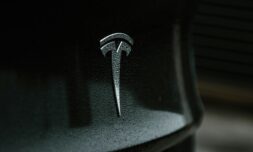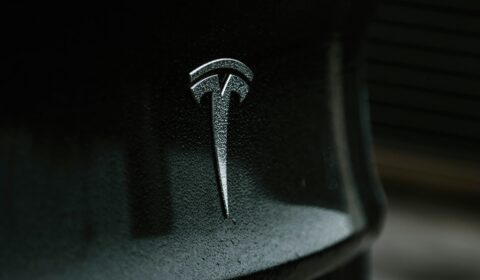The idea was first proposed in 2006 by Roger Angel, an astronomer who suggested that a small spacecraft could deploy ‘thin reflective films’ that mimic clouds to shield our planet from the rays of the sun.
But MIT’s researchers have decided that instead, inflatable silicon bubbles would be better when placed at the L1 Lagrangian Point, the spot directly between the Earth and our strongest star.
Why this spot in particular? Well, this is where competing gravity from the sun and Earth cancels out. This gravitational suspension zone would allow the silicon bubbles to float without being pulled in either direction.
MIT’s researchers said that this should not be viewed as a fix-all solution for climate change and should instead be conducted in combination with other adaption and mitigation efforts.
And sure, giant silicon bubbles floating around our galaxy sounds mad, but it’s not the first and certainly won’t be the last time researchers suggest flinging stuff into space to hinder the sun’s power over our planet.
In 2021, Bill Gates provided financial backing to ‘sun-dimming technology’ that would reflect sunlight away from Earth’s atmosphere in order to create a cooling effect.
To achieve this, Harvard University scientists have been looking at spraying non-toxic calcium carbonate dust – a sun-reflecting aerosol – into our atmosphere which could theoretically offset the process of global heating.
It may have the backing of billionaires, but type of experimentation is not without debate. Long-standing controversy surrounding solar geoengineering has caused research in the field to slow over the last decade.
Those against it believe there the risks are too unpredictable, as interfering with the sun’s reach would likely result in extreme changes to current weather patterns.
Even natural volcanic eruptions have triggered severe weather abnormalities. For example, the 1815 eruption of Mount Tambora in Indonesia resulted in a ‘year without summer’ and the 1991 eruption of Mount Pinatubo in the Philippines created a global cooling effect of 0.5 degrees C.
On top of this, opponents to solar geoengineering note that if such project are carried out, incentives to halt global greenhouse gas emissions could risk being diminished. The potential fallout has led to scholars banding together to form an official Solar Geoengineering Non-Use Agreement.
In addition to the aforementioned arguments, it states that global governance systems are ‘unfit to develop and implement the far-reaching agreements needed to maintain fair, inclusive, and effective political control over solar geoengineering deployment,’ and ‘must therefore be banned.’
In line with this, it’s unclear whether the project co-signed by Bill Gates or MIT’s silicone bubbles will be given the go ahead, and they’ll certainly need to undergo numerous trials and ethical clearances before they can be deployed.
Until then, you tell us – does this sound too far-fetched or even dangerous to work?




















